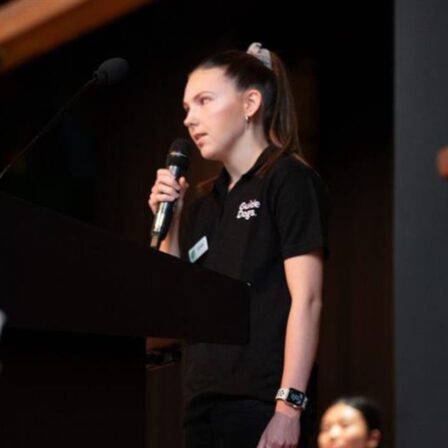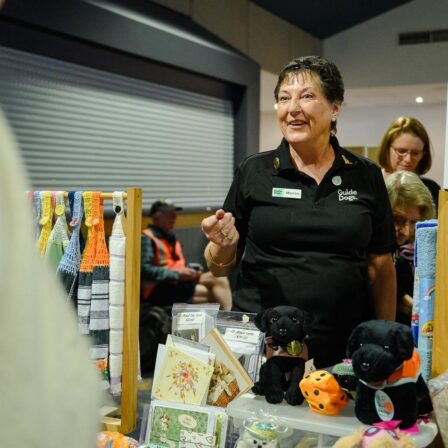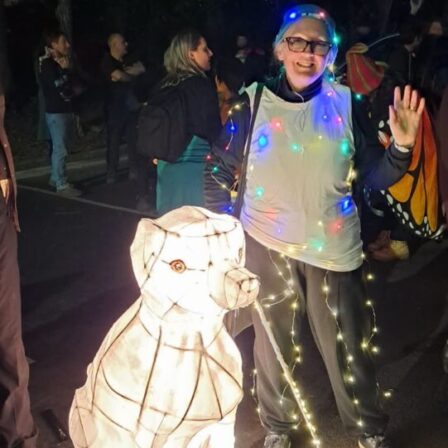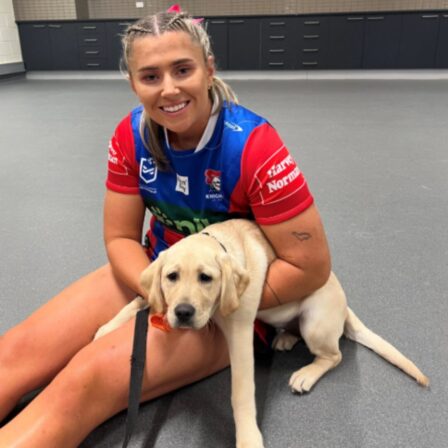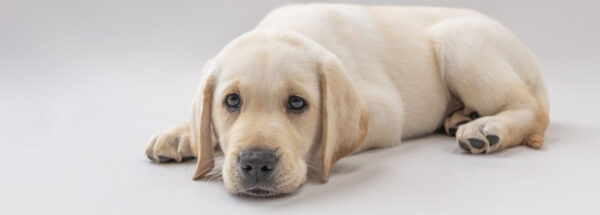News
International White Cane Day 2021
Keep Clear and Carry On – 70% of white cane users put in danger by ‘everyday’ objects
Guide Dogs Australia is calling on the community to clean up the streets after 90 per cent of Australian white cane users reported meeting obstacles caused by ‘everyday’ objects.
This is according to a recent Client survey by Guide Dogs Australia ahead of International White Cane Day (IWCD) on October 15. The survey shows how common objects like cars parked across driveways, bins left out on footpaths, dumped bikes or scooters, and even people being distracted by mobile devices can impact the freedom and independence of people with low vision or blindness.
Alarmingly, of the nearly 300 people surveyed, almost 7 out of 10 stated these obstacles had put them in danger or at risk of serious injury.
90 percent of white cane users stated that uneven or damaged footpaths are the most common everyday issue they encounter while moving through their community.
Other common obstacles include:
- Overgrown plants or fallen branches (75%)
- Café chairs and tables (75%)
- Cars parked across footpaths (70%)
- People who are distracted while using their mobile devices (71%)
Guide Dogs Client and white cane user Charlie McConnell agrees that these everyday objects are a regular obstacle for those living with low vision and blindness and often compromise safety.
“Being an active white cane user for 43 years, I have become very accustomed to navigating through public spaces in my local area. However, no matter how experienced you are with a white cane, no one can ever always anticipate objects that pop up with no warning. For me, it’s these unexpected objects which are the most dangerous.”
“I often bump into abandoned shopping trollies or garbage bins left out when it isn’t garbage day. I have also tripped up on objects left out for a council pick up such as a mattress and swivel chairs. A big obstacle I’m encountering more and more is cars parked over footpaths, specifically 4-wheel drives that have the tyres on the back, these are particularly dangerous because I have to move out onto a busy road to navigate around them.”
“I try to move objects out of the way if I can and for hazards such as cracks in pavements, I’ll use my council reporting app which allows me to send images and report issues. But it’s not always easy to manage on my own, and there are easy ways for the community to support those living with low vision and blindness, helping to keep public spaces clear and safe for others.”
The ‘Keep Clear and Carry On’ campaign focuses on how we can take simple steps to create a more accessible environment for everyone, especially as many communities ‘re-open’ after extended periods of COVID-19 lockdowns.
“We know that everyone has been doing a fantastic job to support one another during the pandemic, including our more vulnerable communities,” said Guide Dogs NSW/ACT CEO, Dale Cleaver.
“However, this survey shows there are still some simple ways we can make our streets more accessible for people with low vision and blindness and be more aware.”
“Move your bin off the footpath, don’t dump bikes and scooters in public spaces, pop your café chair back under the table before you move off, look up from your mobile phone while you’re out and about or call your local council to report issues such as unsafe footpaths or fallen or overgrown branches.”
“What might seem like a simple step for you can make a huge impact to the safety and easy navigation of a person with low vision or blindness or in fact, many others such as people using wheelchairs or parents with prams,” he added.
The survey also found that these obstacles aren’t just a one off, with nearly a third (33%) of respondents saying that they encounter objects as barriers two or three times a week.
This ultimately caused respondents to feel anxious, unsafe and in danger when travelling, with around one in four avoid going out alone or at certain times and some steering clear from certain places entirely.
“It is clear that everyday obstacles have a very real impact on those living with low vision and blindness. This can add to someone’s travel time, change daily routines or even cause some people to withdraw from going about day-to-day life,” said Mr Cleaver.
“White canes are designed to maximise independence and mobility, so this year we really want to bring to light the barriers preventing this and raise awareness so white cane users feel safe and independent in public,” he added.
TOP TIPS for keeping the streets neat:
- Ensure your car is not parked over the footpath.
- Move objects like bins off footpaths.
- Keep footpaths near cafes and businesses clear of stray chairs or other objects.
- Keep footpaths clear by cutting back overhanging plants from your property.
- Avoid using your mobile device while walking in public – for your safety too!
- Don’t leave things like rentable bikes or scooters in public spaces.
- Report issues like fallen tree branches and unsafe footpaths to your local council.
About International White Cane Day
International White Cane Day (IWCD), 15 October, is a day to celebrate the achievements of people with low vision or blindness and highlight the white cane as a life-changing symbol and tool of independence.
IWCD is always an important day on the Guide Dogs calendar – as the white cane is the mobility tool of choice for the majority of Guide Dogs Clients. Right now, the importance of the white cane as a visual signifier of low vision and blindness is more important than ever. It is a reminder to everyone to social distance so people with low vision or blindness can continue move safely, confidently and independently through any environment.
Visit our campaign page to access resources and hear from our Clients with low vision and blindness.


